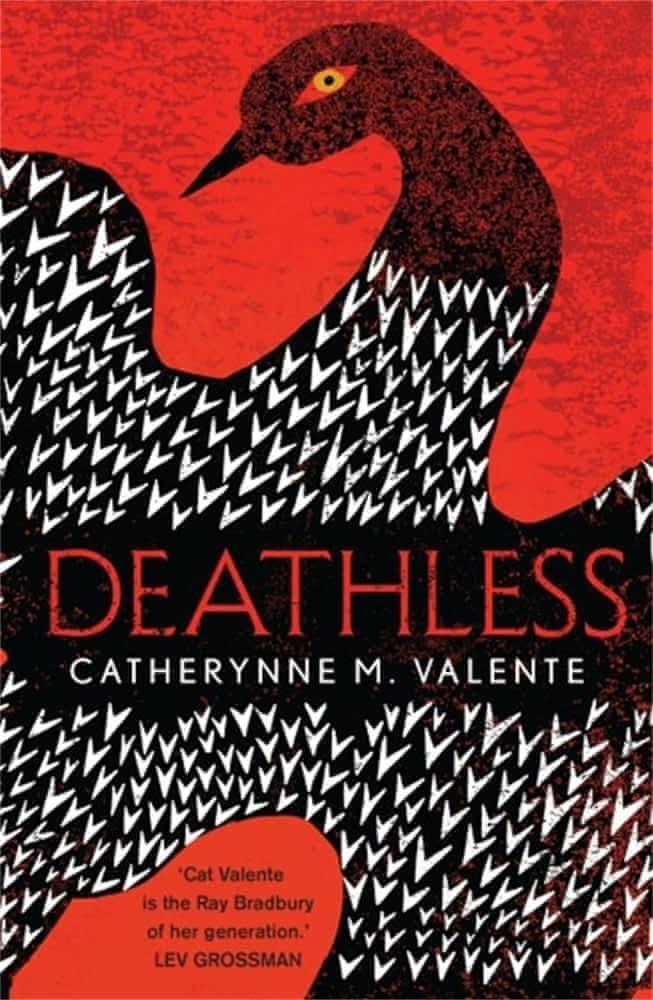el dang reviewed Deathless by Catherynne M. Valente (duplicate) (Leningrad Diptych, #1)
Beautiful and strange, at times very frustrating
3 stars
I repeatedly almost put this book down, and each time I was brought back in by the sheer beauty of the writing. It's simultaneously a reworking of assorted Russian folk tales and a magical realist retelling of ~30 years of Russian history, from the October Revolution to the Siege of Leningrad. It's full of interesting ideas and engaging imagery, but much of the time also has this sense that nothing any character might choose changes anything.
I'm having trouble articulating my thoughts about this book, but I think I largely agree with this review: strangehorizons.com/non-fiction/reviews/deathless-by-catherynne-m-valente/
I repeatedly almost put this book down, and each time I was brought back in by the sheer beauty of the writing. It's simultaneously a reworking of assorted Russian folk tales and a magical realist retelling of ~30 years of Russian history, from the October Revolution to the Siege of Leningrad. It's full of interesting ideas and engaging imagery, but much of the time also has this sense that nothing any character might choose changes anything.
I'm having trouble articulating my thoughts about this book, but I think I largely agree with this review: strangehorizons.com/non-fiction/reviews/deathless-by-catherynne-m-valente/



